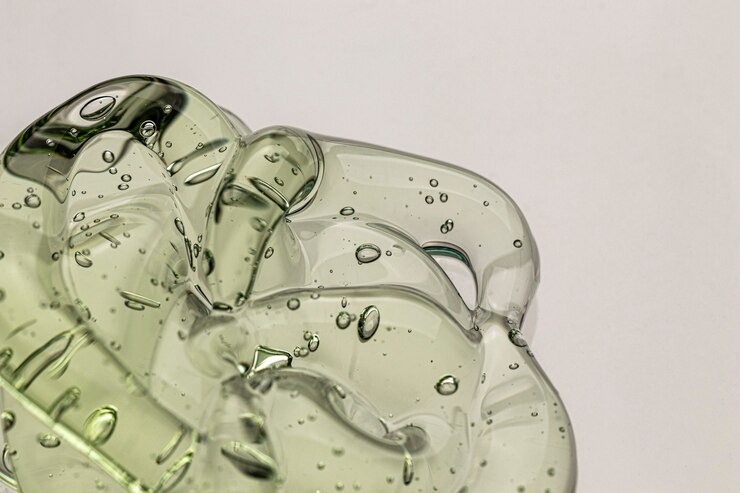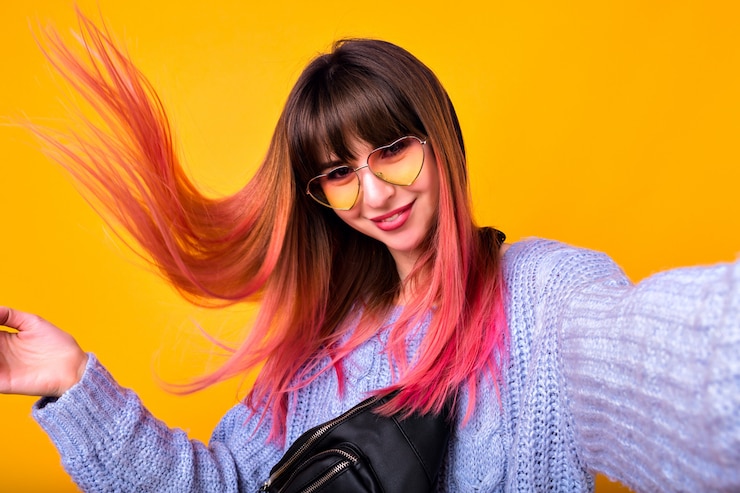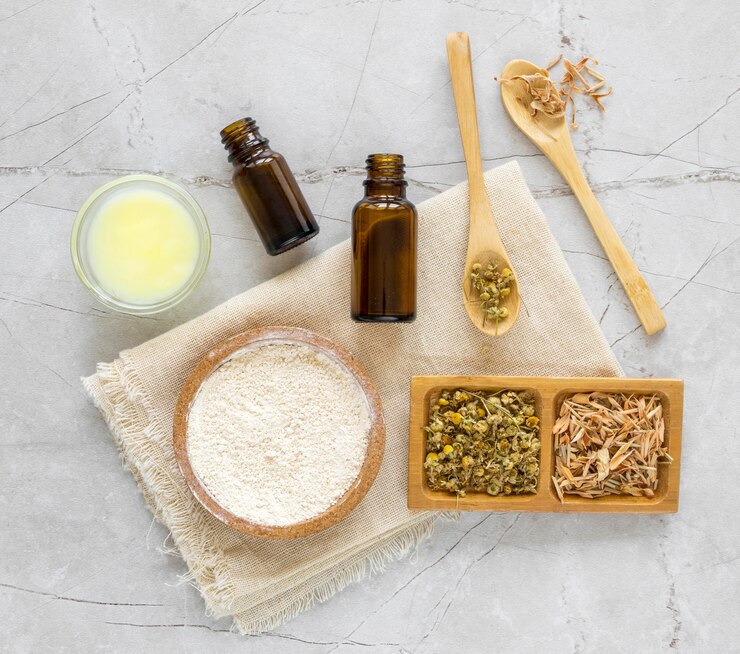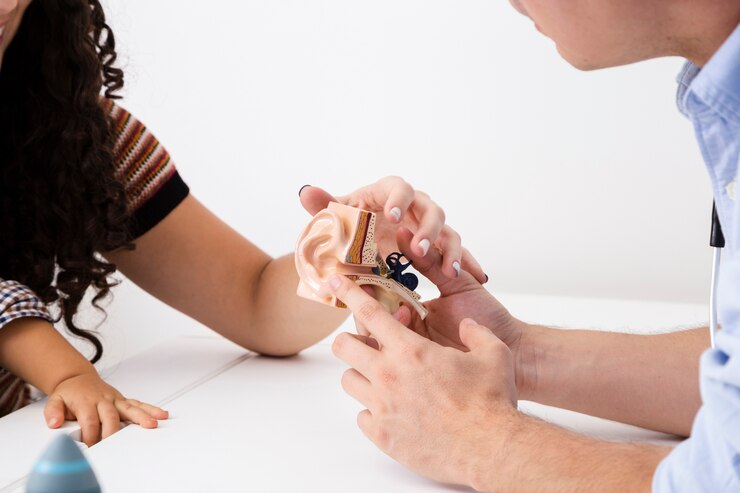
As a fan of natural beauty, I’ve spent the last few years exploring the chemicals and additives in the conventional beauty industry. I’m fascinated by how these substances are used in beauty products and am passionate about finding all-natural options that are kind to both skin and the environment.
Today, I want to talk about a common ingredient in many beauty products, from cosmetics to haircare: silicones and their cousins, siloxanes. Below, I’ll give you an overview of silicones in beauty products, including what they are, how they’re used, their potential downsides, what to watch for on labels, and eco-friendly alternatives that can enhance your beauty routine.
### What are Silicones & Siloxanes?
Silicones and siloxanes are synthetic compounds made from silica. They’re often used for their ability to form a barrier on hair and skin, locking moisture in or out. Cost-effective and easy to produce, they give products a silky feel. However, they mainly provide short-lived effects, washing away with no lasting benefits.
### How Are Silicones Used in Beauty Products?
Since around 1950, silicones have been featured in cosmetics and have expanded into skincare and haircare. They form a layer over the skin or hair, offering a smooth texture. But this can lead to build-up and potential damage over time. Unlike some temporary silicone effects, addressing the root causes of hair or skin issues yields better long-term results.
### Health Effects of Silicones & Siloxanes
1. **Difficult to Remove**
Silicones repel water, making them tough to wash off. Eliminating them often requires harsh cleansers that strip natural oils, causing dryness, damage, or breakouts. Opt for gentle cleansers like our Fresh Face Cleanser with comfrey root and golden jojoba.
2. **Pore Blockage**
By blocking moisture entry, silicones can also trap impurities in the pores, potentially leading to breakouts. To achieve a naturally soft and smooth complexion, I recommend our two-ingredient Hella Hydrating Serum, made with organic cold-pressed rosehip oil and hyaluronic acid.
3. **Hair Damage**
Common in hair products, silicones create an outer barrier, initially giving hair a soft feel. Eventually, this can dry out hair, making it brittle. Use natural shampoos and conditioners with aloe vera and jojoba for genuine moisture.
4. **Hair Weighing Down**
Silicone buildup weighs down hair, requiring clarifying shampoos that can deplete natural moisture. Try our Hello Joyous All Natural Shampoo and Conditioner with Aloe and Lavender for a lightweight, cleansing experience.
5. **Hormonal Impacts**
Per the David Suzuki Foundation, some siloxanes can disrupt hormones and affect fertility. If you have hormonal concerns, pick siloxane-free products, especially for shampoos.
6. **Environmental Persistence**
Silicones and siloxanes don’t break down easily, accumulating in the environment and affecting health and fertility over time. They’re chemicals best avoided for the sake of the planet.
### What to Look For on Labels
Avoid products with ingredients ending in “cone” or containing “PEG,” which indicate silicones or siloxanes.
### Non-Toxic Beauty Alternatives
Silicones are everywhere in beauty products, which inspired me to create my own line of clean, functional beauty items. My Hello Joyous Body Butter combines shea, coconut, and cocoa butters to deeply nourish skin. Our Natural Shampoo and Conditioner with Aloe and Lavender hydrates hair without silicones, and our skincare line uses the most nourishing and antioxidant-rich ingredients available.
Every Hello Joyous product is free from silicones, siloxanes, and harsh chemicals like parabens, phthalates, synthetic fragrances, and GMOs. They’re designed to pamper your skin and hair while being planet-friendly.
My series on chemicals in beauty products aims to give you the knowledge to make healthier choices. Once you know what to avoid, you can select products that best suit your needs. Explore more articles on avoiding common skin and beauty product ingredients:
Xo Joy


